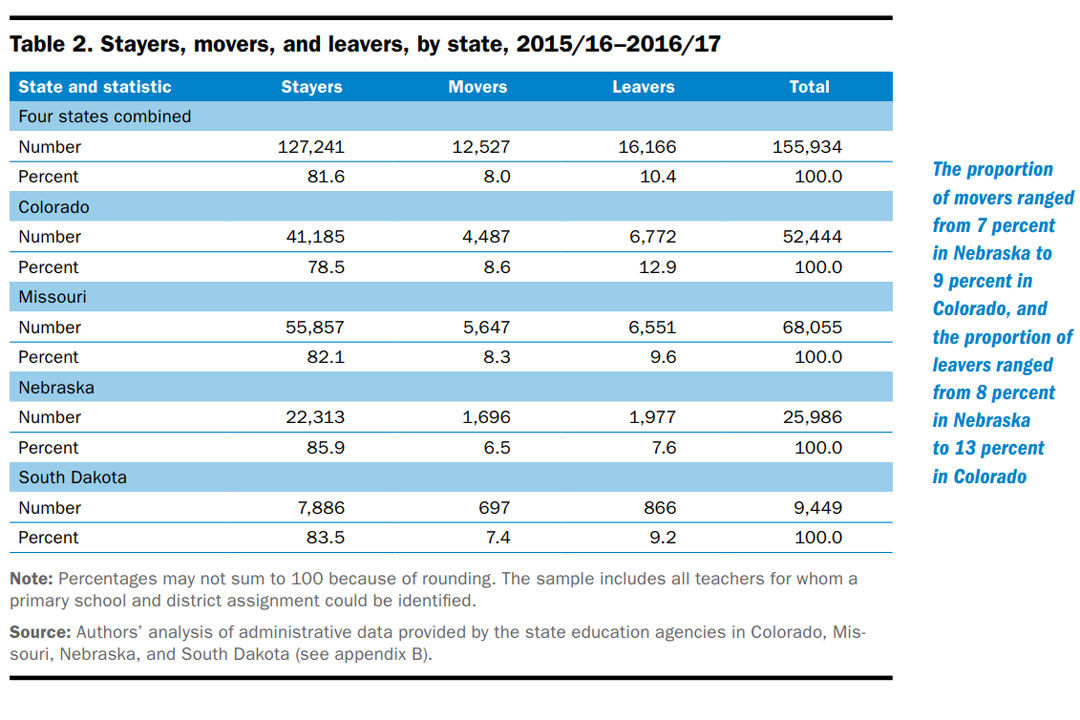English language students (ELs) have become a small but rapidly growing segment of rural school populations. The migration of new populations into rural places has helped invigorate many small and remote towns and has led to new faces, languages, and cultures in what were once relatively homogenous school communities. In turn, that change has led to the need for the adoption and implementation of new strategies to ensure both ELs and the teachers who support them are successful in school systems where resources and infrastructure to support ELs may not already exist.
To support rural education leaders and communities looking for resources to address the needs of a changing school demographic, REL Central recently brought together two researchers specializing in English language work for the webinar The Growth of English Learners in Rural Areas: Research on Challenges and Promising Practices in Schools. During that webinar, presenters Holly Hansen Thomas, associate dean of research and scholarship, and professor and program coordinator of ESL and bilingual education at Texas Woman’s University, and Maria Coady, associate professor of English speakers of other languages and bilingual education, discussed their research. Specifically, they shared research to address the barriers to ELs’ learning and solutions that communities and schools can engage in.
“What’s happening in schools is that teachers who’ve never had experience with ELs from diverse backgrounds are finding these small but very concentrated groups in their classes,” said Hansen-Thomas during the webinar. “And they lack experience with appropriate ways to meet those students’ needs.”
However, despite lack of experience and training, teachers are eager to engage in practices that will support ELs’ educational improvement, Hansen-Thomas explained, citing the report “I do not feel I am properly trained to help them!” Rural Teachers’ Perceptions of Challenges and Needs with English Language Learners. In fact, in interviewing teachers for the report’s study, Hansen-Thomas and other researchers involved in developing the report recorded a couple encouraging findings: “teachers who have inadequate preparation indicate wanting and needing professional development” and “rural teachers want to have a grounding in Spanish to help them communicate with their students.”
For her part of the webinar, Coady discussed some of the ways that rural education communities are addressing racism and anti-immigrant sentiment as well as other barriers to ELs learning. Those barriers can included cultural differences and a lack of essential needs stemming from what the Carsey School of Public Policy states is an “alarmingly high” rate of poverty among “working rural immigrants” (Schaefer & Mattingly, 2016, pg. 4) – an issue further compounded by a dearth of support services available in many rural communities. According to Coady, while each barrier to learning is complex, and many must be addressed before learning can occur, doing so almost always starts with building trusting relationships between ELs families and the school representatives.
The addition of native language messages on school billboards or directional icons on signs in school halls to help a child’s family feel more welcome, and consequently more able to engage, was one of the simple examples Coady discussed during the webinar. Another example was the development of fotonovelas, short photo-based storybooks, which describe report cards and how they can be used by ELs parents to help monitor their children’s progress and help encourage them in their learning at home.
As the population of ELs and their families continue to grow in rural areas, educators and researchers are discovering new ways to support ELs and their teachers. And whether those solutions involve increased and improved professional development for educators or developing methods to build trust with EL families, they are critical to educating our next generation of rural students.
“Going forward,” said Hansen-Thomas, “I maintain that we need to fill the halls with research. And as educators, teacher educators, and administrators, it’s our responsibility to share this in order to teach and support ELLs in rural areas.”
To discover more about the studies and process involved in improving ELs learning, watch the REL Central webinar The Growth of English Learners in Rural Areas: Research on Challenges and Promising Practices in Schools.





